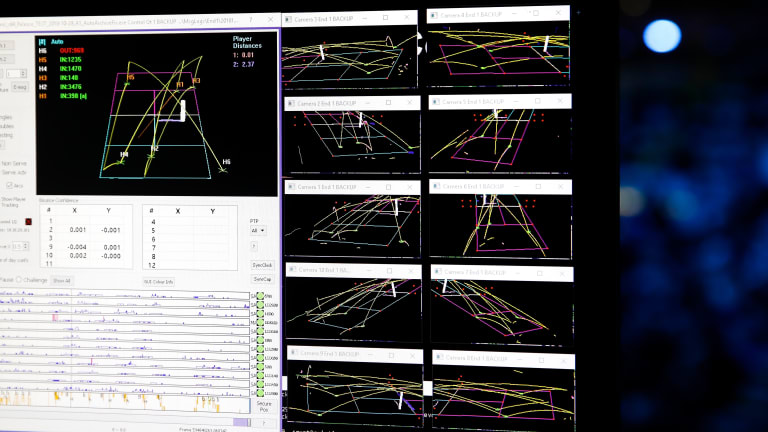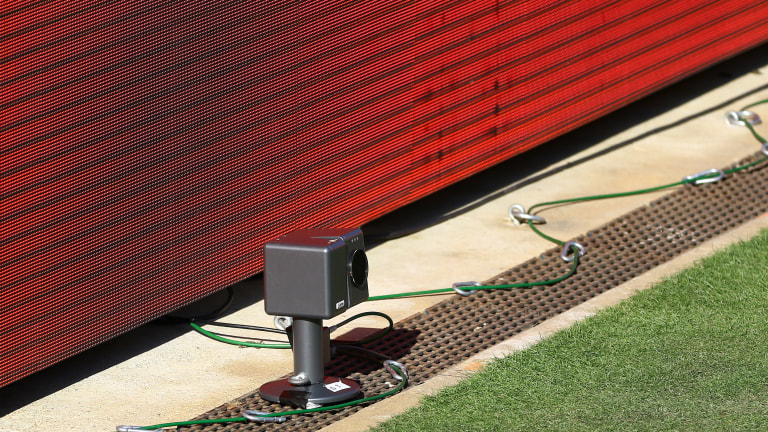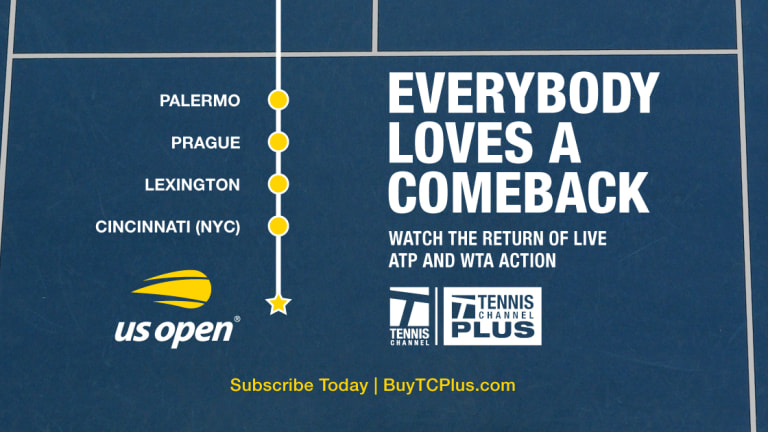Cincinnati, USA
If Hawk-Eye Live works in NYC, prepare for tennis to use it everywhere
By Aug 25, 2020Cincinnati, USA
Aryna Sabalenka and Jannik Sinner reclaimed their early-season form at the Cincinnati Open
By Aug 20, 2024Cincinnati, USA
Jannik Sinner defeats American Frances Tiafoe to capture fifth title of the year in Cincinnati
By Aug 19, 2024Cincinnati, USA
Frances Tiafoe reaches biggest final of career in Cincinnati after comeback victory over Rune
By Aug 19, 2024Cincinnati, USA
Preview: Aryna Sabalenka, Iga Swiatek face off in 2024 Cincinnati Open semifinal
By Aug 17, 2024Cincinnati, USA
Holger Rune embraces adaptability through tumultuous season in Cincinnati
By Aug 17, 2024Cincinnati, USA
Jannik Sinner clinches Andrey Rublev revenge in Cincinnati quarterfinal rematch
By Aug 17, 2024Cincinnati, USA
Iga Swiatek solves teen phenom Mirra Andreeva, returns to Cincinnati Open semifinals
By Aug 17, 2024Cincinnati, USA
On Cincy’s “casino” courts, can Andrey Rublev strike gold again in Jannik Sinner rematch?
By Aug 16, 2024Cincinnati, USA
Frustrated Carlos Alcaraz calls Cincinnati Open loss to Gaël Monfils "worst match I ever played"
By Aug 16, 2024Cincinnati, USA
If Hawk-Eye Live works in NYC, prepare for tennis to use it everywhere
Is there any reason why fans shouldn’t welcome their new robot overlords to the court?
Published Aug 25, 2020
Advertising

If Hawk-Eye Live works in NYC, prepare for tennis to use it everywhere
© 2018 Getty Images
Advertising

If Hawk-Eye Live works in NYC, prepare for tennis to use it everywhere
© AFP via Getty Images
Advertising

If Hawk-Eye Live works in NYC, prepare for tennis to use it everywhere
© AFP via Getty Images
Advertising

If Hawk-Eye Live works in NYC, prepare for tennis to use it everywhere